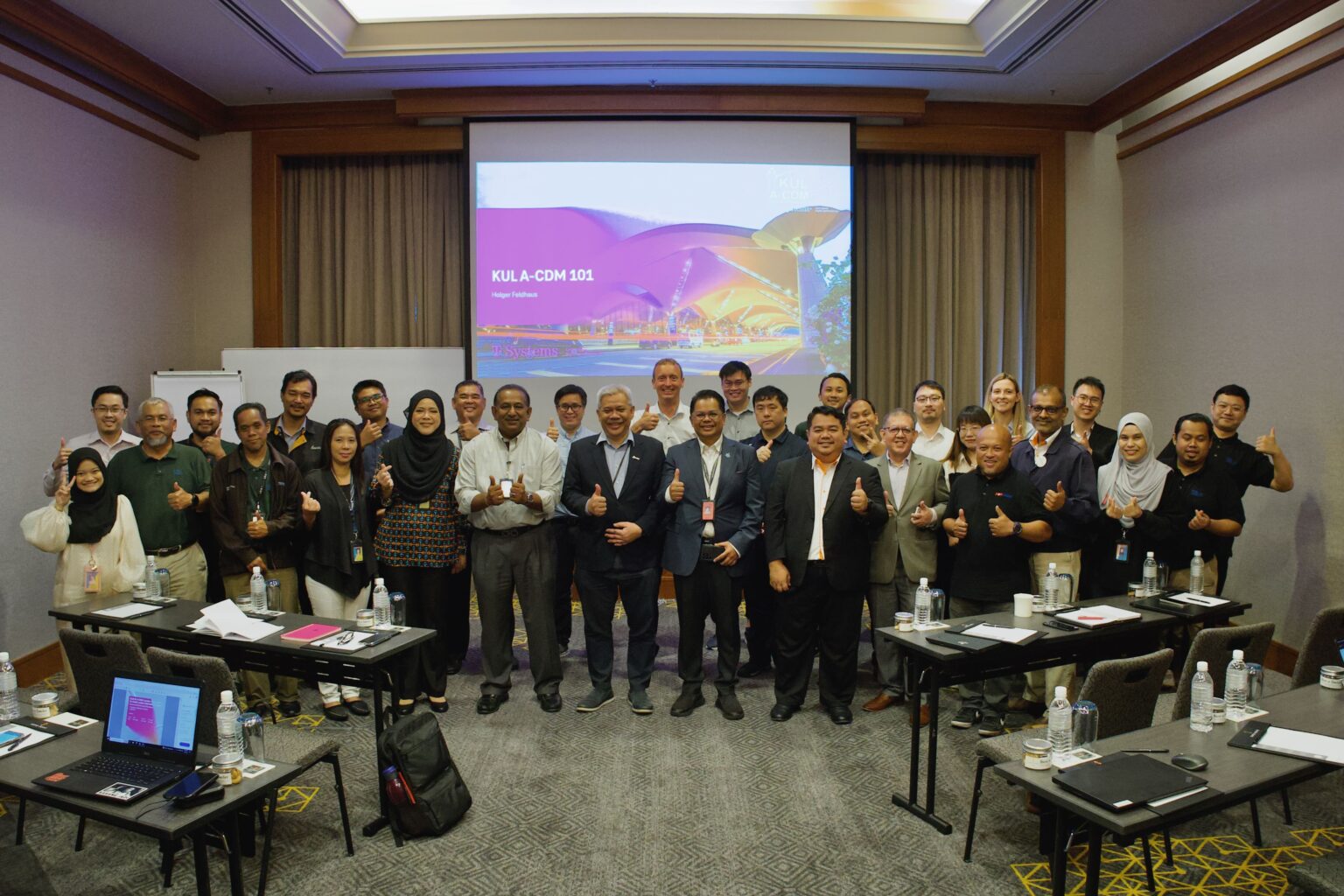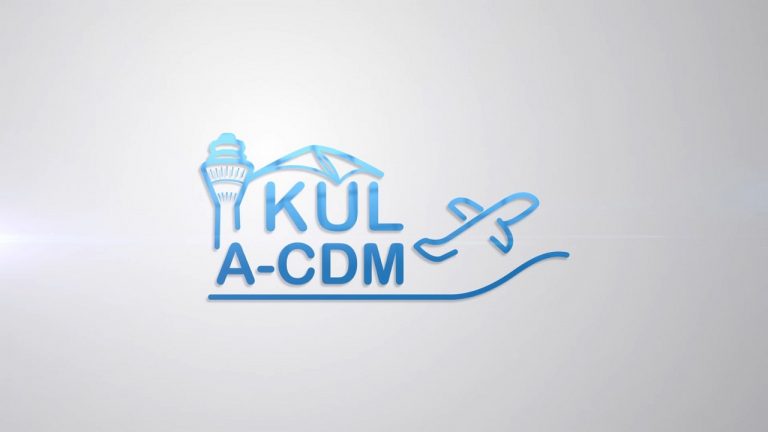Recently, a crucial milestone was achieved as the project’s visionary team orchestrated a series of ‘Train the Trainer’ and System Operations training sessions, catalysing a cultural shift alongside technological implementation.
The ‘Train the Trainer’ program aims to enable the Change Agents of respective organisations to independently train the end users on the KUL A-CDM process and use of ACIP for their special operation needs. The Train the Trainer (TTT) course was divided into three parts and the duration varied based on courses covered.
- Train the Trainer Part 1 focuses on the Basics of KUL A-CDM and KUL A-CDM ConOps Theoretical Training.
- Train the Trainer Part 2 focuses on the KUL A-CDM ConOps Theoretical Training recap and KUL Airport CDM Information Sharing Platform (KUL ACIP) practical training.
- Train the Trainer Part 3 focuses on Practice for theoretical and practical training content.
To accommodate the airport stakeholders’ operational staff work schedules, the program was split into 2 sessions. Session 1 ran from 3rd July to 10th July, and Session 2 from 31st July to 7th August 2023. This was followed by the KUL A-CDM System Operation and Support training targeted to MAHB IT Division – which also took place at Sama-Sama KLIA Hotel from 11-12 July and 8-9 August 2023.
The opening remarks were delivered by Mr. Mohd Arif Jaafar, Senior General Manager of Malaysia Airports (Sepang) Sdn Bhd, with the presence Mr. Shahrunnizam Abd Jamil, Project Director of KUL A-CDM and Mr. Syed Ahmad Akmal Syed Hassan, Project Manager of KUL A-CDM, before the session commenced with a presentation from T-Systems project manager, Mr. Holger Feldhaus on the basics of KUL A-CDM.
Also in attendance were members of the KUL A-CDM Project Task Force, Redberry Ambient Sdn Bhd (the main contractor), T-Systems Germany and T-Systems China. The team of trainers from T-Systems Germany and T-Systems China were also introduced as they will be delivering training to specific groups of stakeholders in the breakout rooms from afternoon onwards.
Online quizzes were also conducted upon completion of each presented topic to assess the understanding and retention of the concepts in the training materials. The results were displayed to all participants upon completion, followed by feedback by the respective trainers in each breakout rooms.
Theoretical training aside, the participants were also given access to the platforms relevant to each stakeholder – from the ACIP to AOE Mobile – and had the opportunity to personally use the platforms during the training while guided by the respective trainers.
During Train the Trainer Part 3, participants were given the opportunity to present the training materials as if they were the trainers themselves. This is crucial as the participants – who are the project’s Change Agents – will be the ones delivering the training to the End Users in their respective organisations later.
The trainers from Redberry Ambient and T-Systems then provided their feedback on their presentation and how the Change Agents could further improve their delivery.
For the KUL A-CDM System Operation and Support training, the opening remarks were given by Mr. Noor Mohd Faiez Noor Azman, the Senior Manager for Transformation Management Office (TMO) Change Management of Malaysia Airports Holdings Berhad. During the training, the participants from the MAHB IT Division were introduced to AOS (ACIP Operation Systems) and were also briefed on how the system has been built.
Lastly, the subcontractor responsible for the Ramp Display installation and implementation gave a briefing regarding the Ramp Displays – a key element of the KUL A-CDM process – and performed a demonstration with an exact Ramp Display unit in the training room itself.
Whether it’s enhancing runway management or optimizing aircraft turnaround, the training modules resonated with each group’s unique responsibilities.
The success of the ‘Train the Trainer’ program marks a significant stride towards KUL A-CDM’s overarching objectives. It’s a testament to the project stakeholders’ commitment not only to technological advancement but also to the empowerment of their human workforce.
As the Change Agents disperse into their respective organizations armed with knowledge and motivation, a ripple effect of transformation is set in motion.





